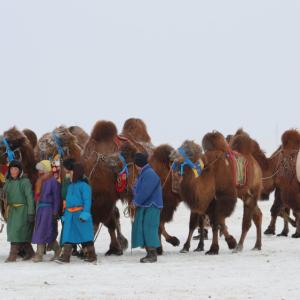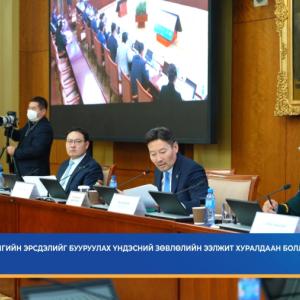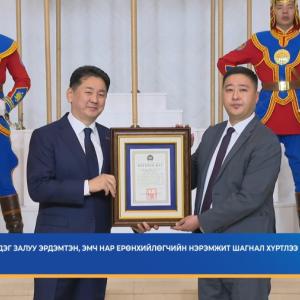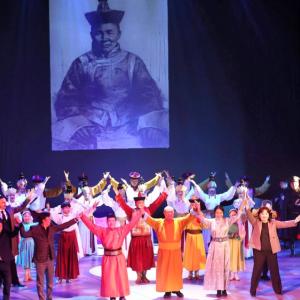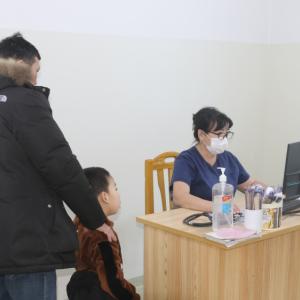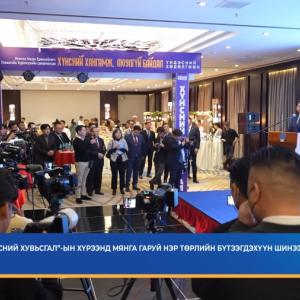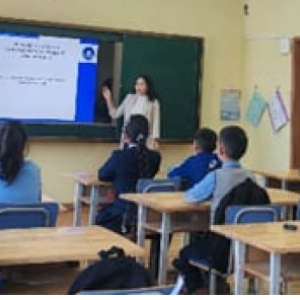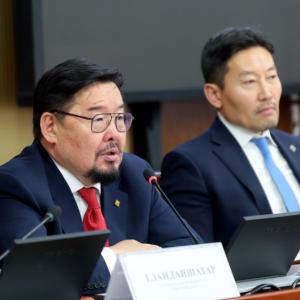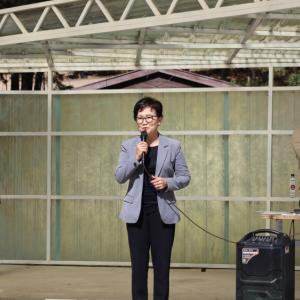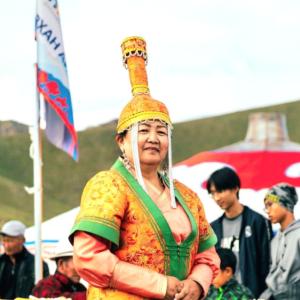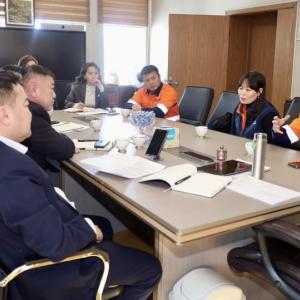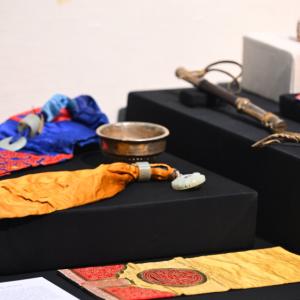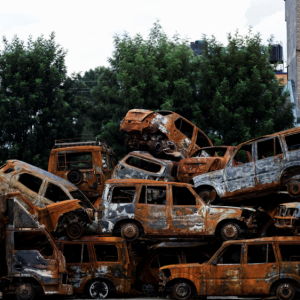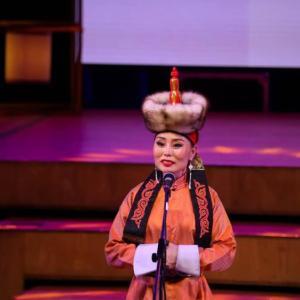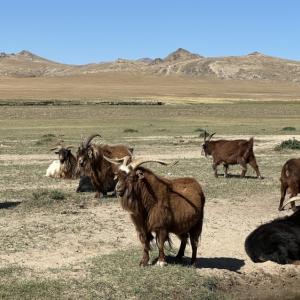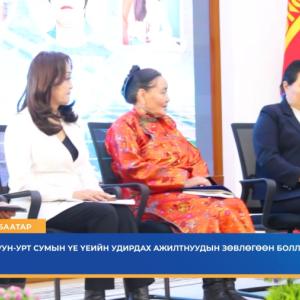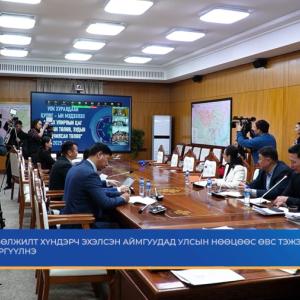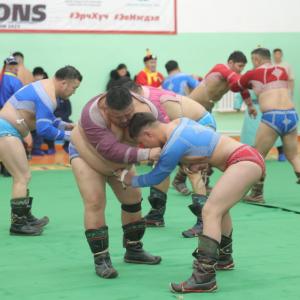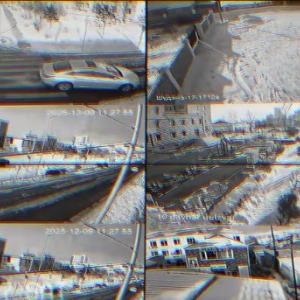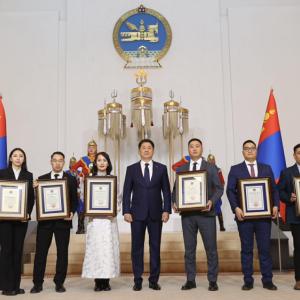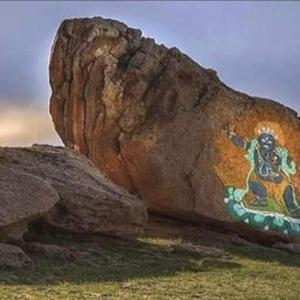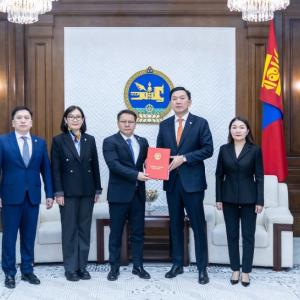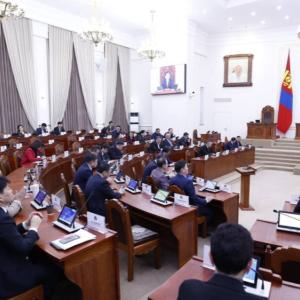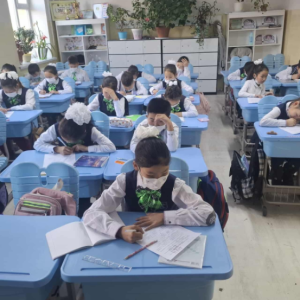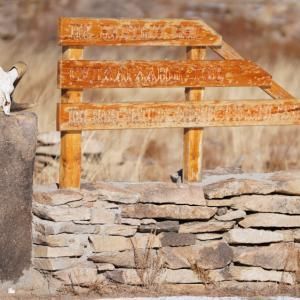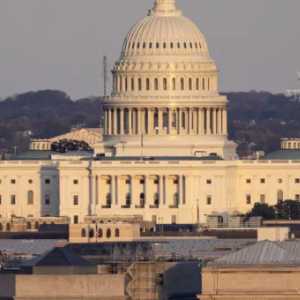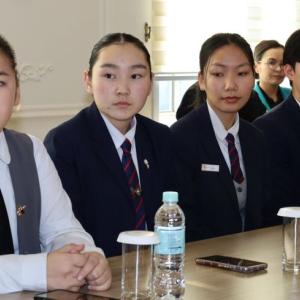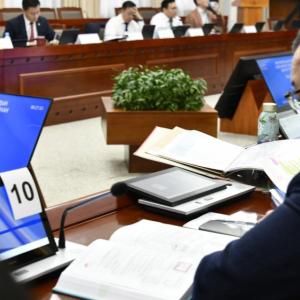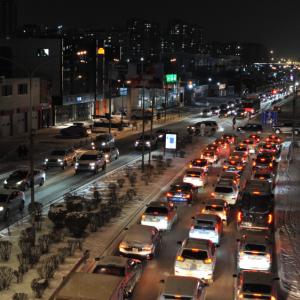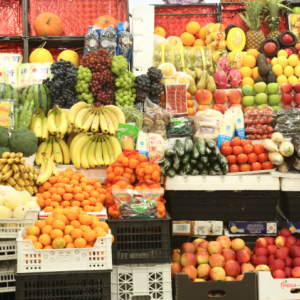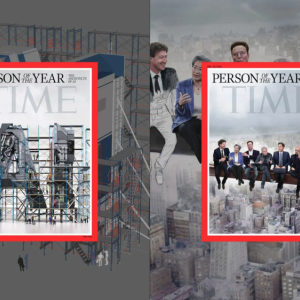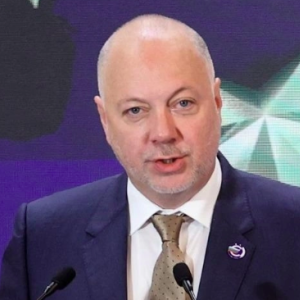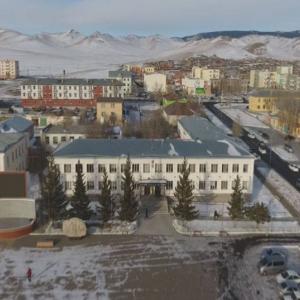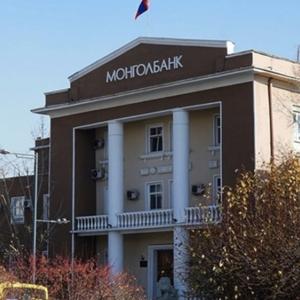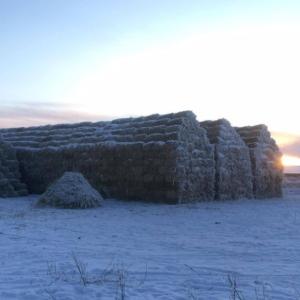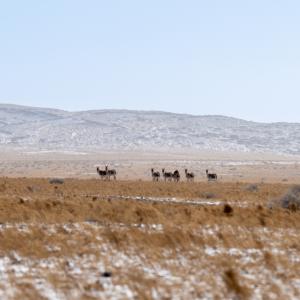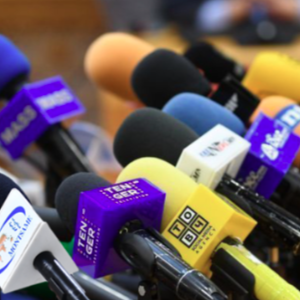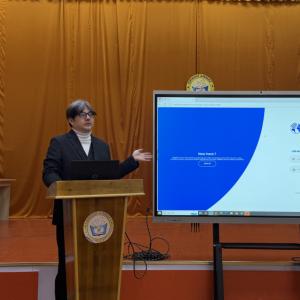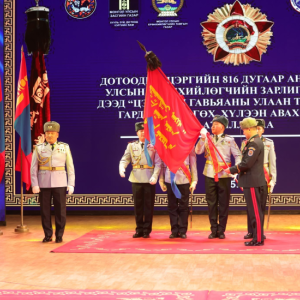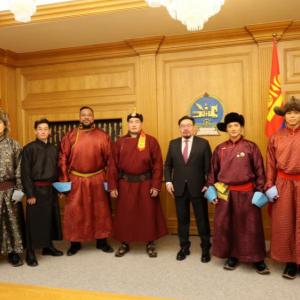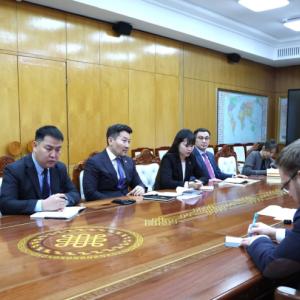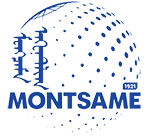Renovating the Century-Old Yadam Temple at the Choijin Lama Temple Museum
Society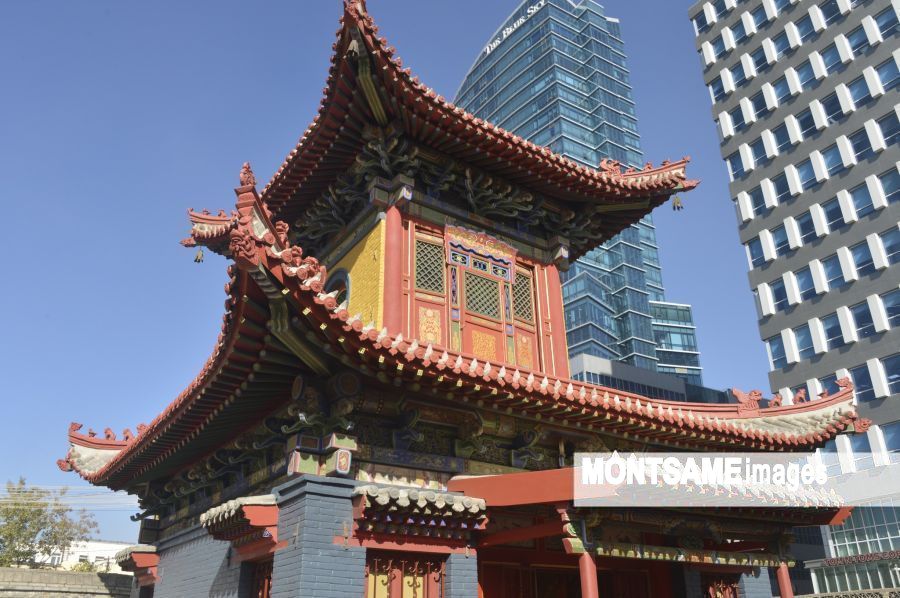
Ulaanbaatar, October 16, 2023 /MONTSAME/. The
119-year-old Yadam Temple at the Choijin Lama Temple Museum has been restored
with the aim of preserving the original structure of the building without
altering its original shape and appearance and passing down the historical and
cultural heritage to future generations.
The Completion Ceremony of the Yadam Temple renovation project, which was completed by the Arts Council of Mongolia (ACM) with the support of the U.S. Ambassadors Fund for Cultural Preservation (AFCP) and World Monuments Fund (WMF), in collaboration with Enerjin LLC, was held at the Choijin Lama Temple Museum on October 13, 2023.
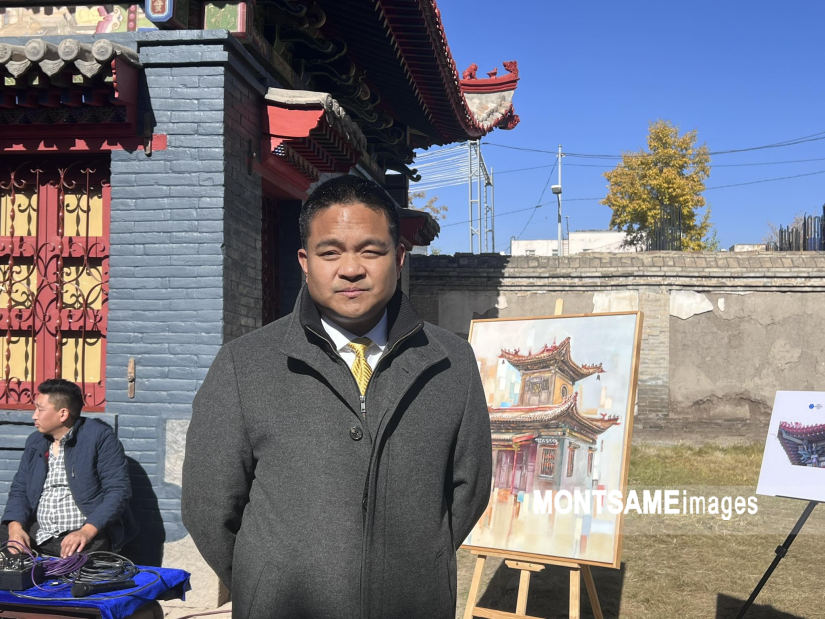
U.S. Ambassador Richard Buangan highlighted the site’s significance: “It is a symbol of Mongolia’s resilience and a testament to the importance of democracy, religious freedom, and independence. These are values that both our nations hold dear and work tirelessly to preserve. We are committed to continuing this fund to support important projects. It is important that our two countries continue to work together to safeguard Mongolian heritage so generations to come can learn from and connect with their history and values.” The Temple is a rare surviving example of its style of religious architecture in Mongolia and was included on the 2020 World Monuments Watch due to its significance to the history of Buddhism in Mongolia.
Since 2001, the United States has
invested more than USD 2.5 million through the AFCP to preserve Mongolia’s
cultural heritage. In addition to the Yadam Temple, the fund has supported work
to restore Amarbayasgalant Monastery, a leopard skin ger in the Bogd Khaan
Museum, and Bronze Age deer stones around Khanui Valley, among other important
pieces of Mongolia’s history and culture.
The Choijin Lama Temple, one of
the unique complex ensembles of Mongolian history, religion, culture,
architecture, and craftsmanship of the late 19th and early 20th centuries, was
built in 1904-1908. The Temple complex has five small temples – Makharanz, Gol,
Zankhan, Yadam, Khotol, and Enkh-Amgalan Continent and five honorary gates. The
Choijin Lama Temple houses over six thousand historical, religious, and
cultural artifacts, and the average number of visitors is nearly 30 thousand per
year.
In 1956-1961, a comprehensive
restoration of the Choijin Lama Temple complex was undertaken. Since then, only
partial restoration has been done. However, due to a lack of regular
maintenance and renovations over the years, the buildings' structure, exterior
and interior, paint, woodwork, and tiles are at risk of damage, which could
lead to the destruction or loss of this unique heritage site.
As part of the restoration project, the
temple's blue brick roof tiles were partially replaced and restored. The main
structures of the building, including the wooden parts, doors, windows, and
support beams, and decorations of the eaves of the roof, including birds,
tigers, and columns, were also restored and painted their original color.
The project team emphasized that
the project was implemented in accordance with international standards, with
the participation of foreign and domestic restoration specialists, under a
government-private-nonprofit partnership to preserve valuable historical and
cultural heritage for future generations.
The Yadam Temple restoration was completed by a team of foreign and Mongolian experts, including Chinese professor Guo Hing, an expert in cultural heritage conservation and restoration of ancient Chinese murals at the University of Science and Technology of China (USTC), and Professor Xiao Jinliang, an expert in historical and cultural monuments and preservation of cultural artifacts, who advised on color, paint type, and woodwork restoration. Professor Stephen J. Kelly, a specialist in the investigation and restoration of historic buildings, developed the overall project management plan, and Mongolian consultant architects Z. Oyunbileg, G. Nyamtsogt, B. Adiya, and J. Bayasgalan supervised the project.


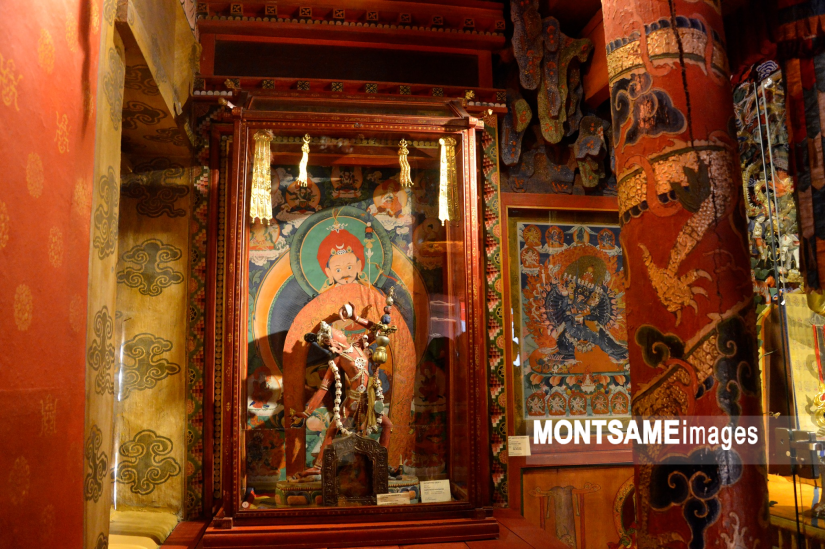

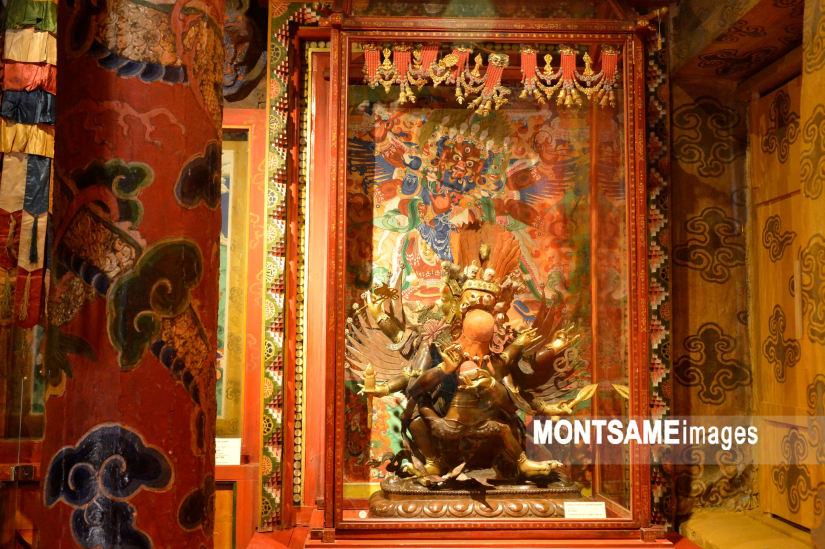

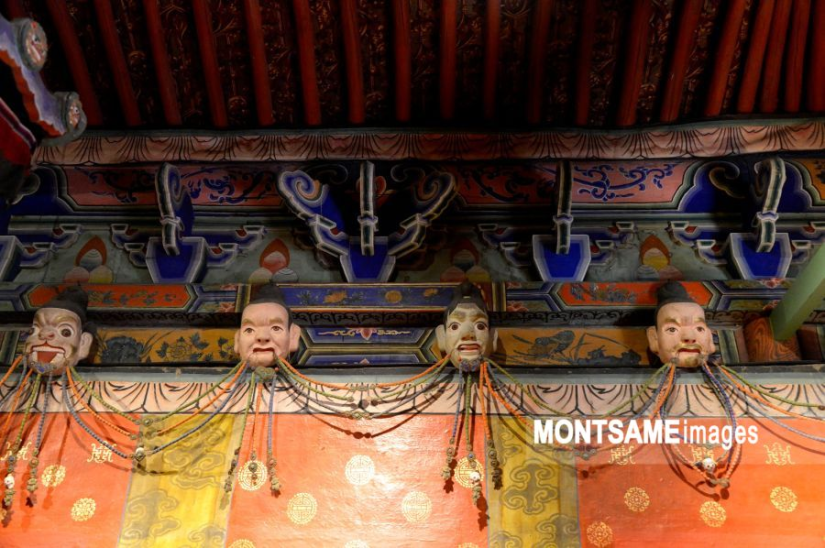

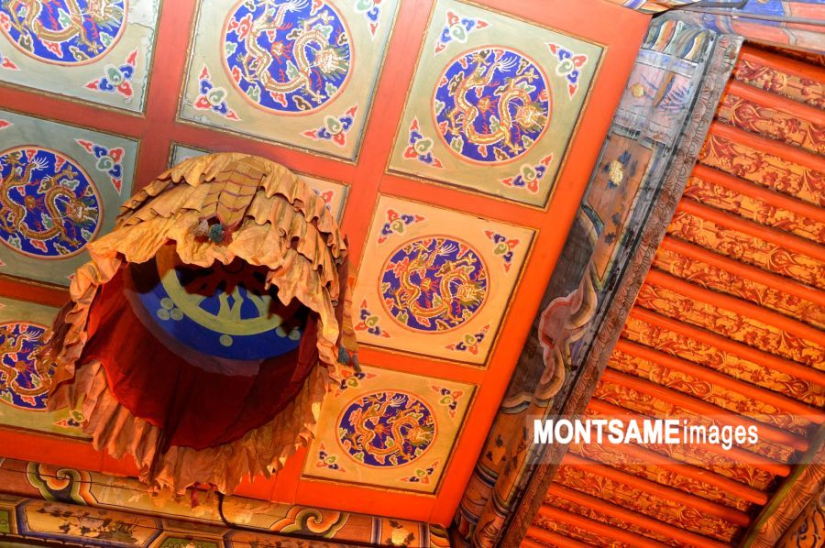

 Улаанбаатар
Улаанбаатар







